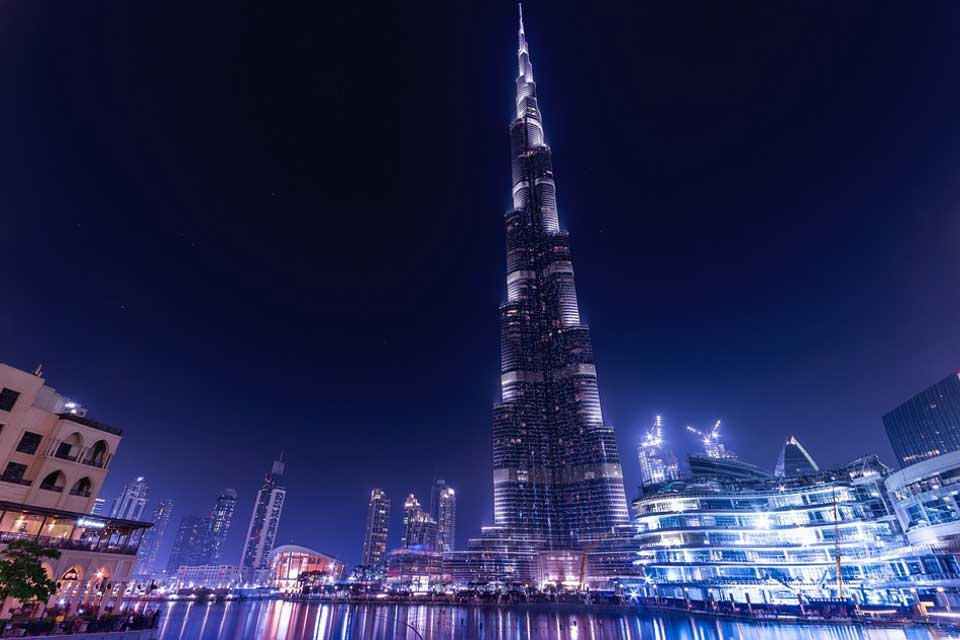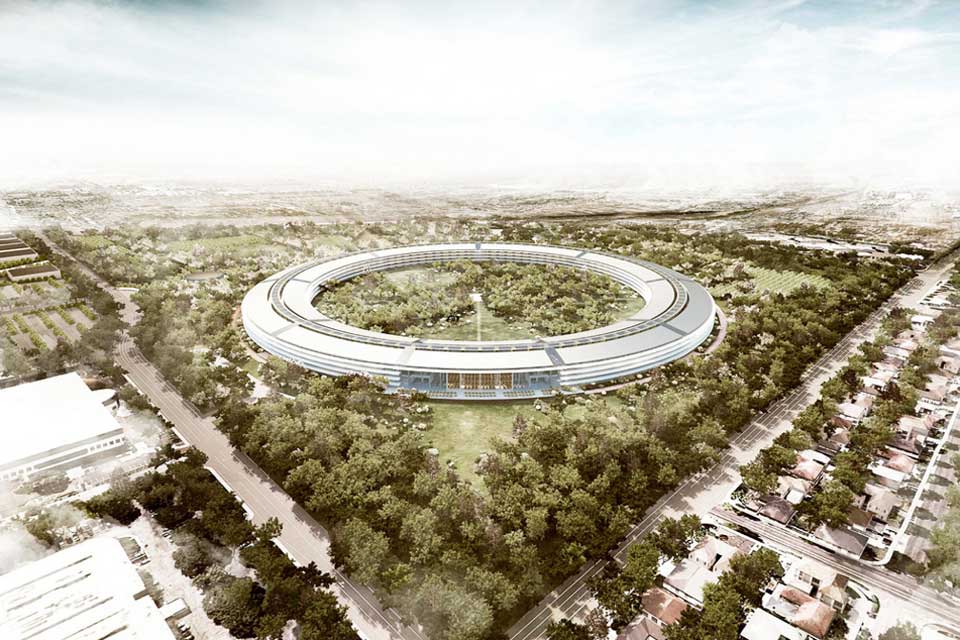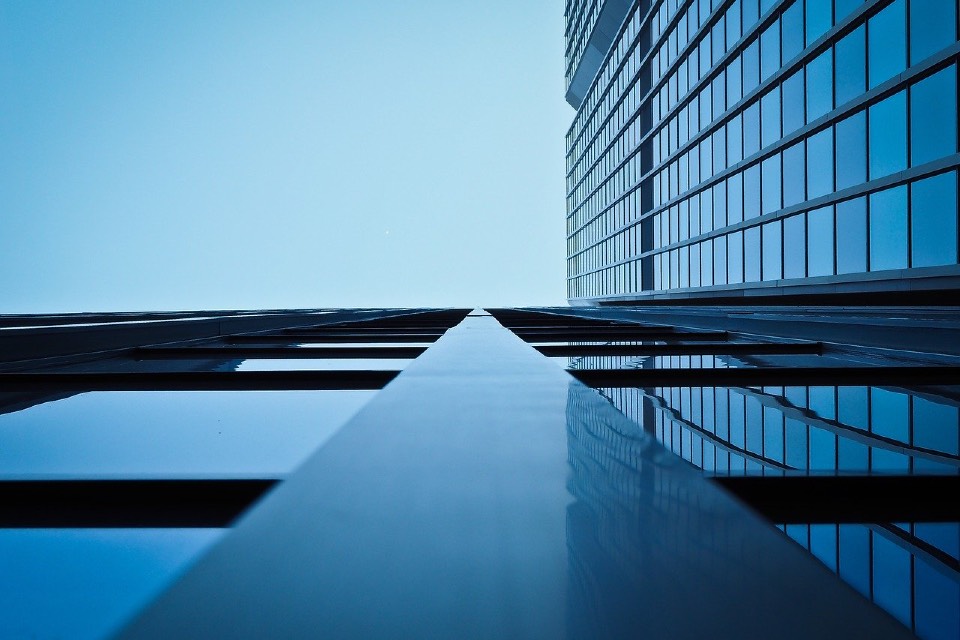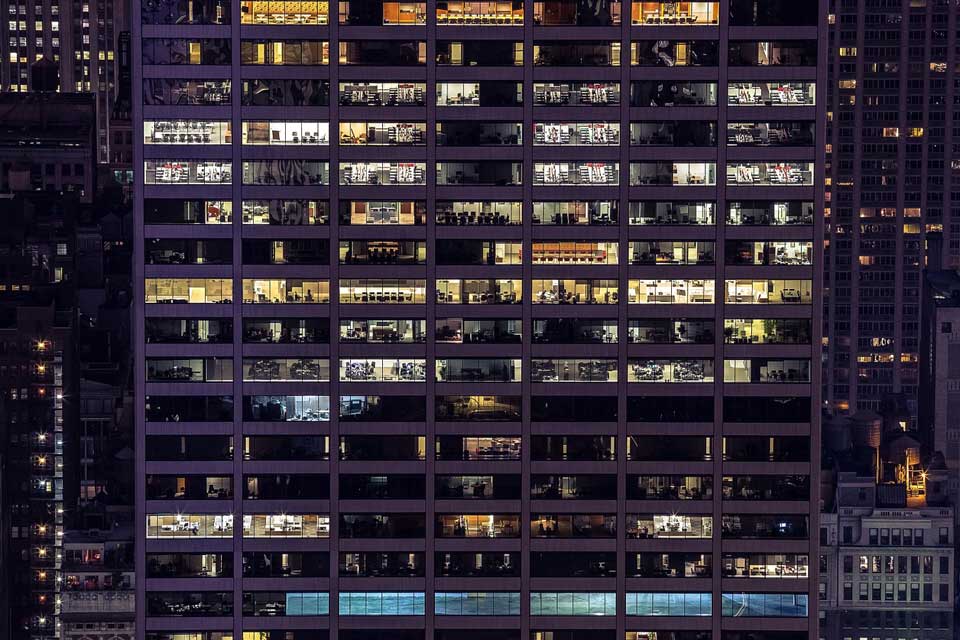Technology is pushing the boundaries across the world, and the construction sector is seeing the same revolution.
Buildings can be planned to a finer detail than ever before, and architects can take their constructions to the next level, with easy access to information such as materials, building use, and climate. Oasys, providers of retaining wall solutions, has joined us to explore some of the best builds from around the world…
Burj Khalifa in Dubai
The Burj Khalifa (pictured, above), sometimes called the Burj Dubai, stands at a staggering 2,722 feet and holds the crown as the tallest structure in the world. Starting construction in 2004 and finalising the project in 2008, many decisions had to be made to ensure that this neo-futurism structure was able to serve its purpose, acknowledging that it would be a free-standing building and understanding the hot climate it would be situated in.
Desalination plants provide Dubai with fresh water from sea water, which is then pumped to the Burj Khalifa and other skyscrapers through underground networks. When the water hits the Burj, it is distributed to every corner of every floor on every level. However, with 163 floors, this can become a complicated process, which shows us just how special the Burj Khalifa actually is in terms of design.
The structure was created by four architects, who realised that using one pump to send the water to the skyscraper’s heights would be dangerous due to the pressure that could cause the pipes to explode. To counter this problem, they came up with a plan to help the water flow up the building in different stages.
Starting from the basement, the next stage for the water is on the 40th floor reservoir. This then continues to a series of 200,000-gallon tanks until it reaches the top of the building. As the water reaches the top, the water then travels back down under its own weight — it is said that 946,000 litres of water are supplied per day which also helps the building stay cool in the hot climate.
As a desert city, keeping the building cool is a priority. Therefore, another water supply — an ice-chilled water system which is the first of its kind to be used in the Middle East — has also been implemented to enable substantial energy savings.
Taipei 101 in Taiwan
Next on the list is the previous tallest building in the world, the Taipei 101. Platinum certified for Leadership in Energy and Environmental Design (LEED), the building didn’t just focus on beating the then-tallest structure record. Up until 2016, the structure had the fastest elevator on the planet, which could travel from the 5th to 89th floor in 37 seconds!
Taiwan is no stranger to different buildings, housing everything traditional buildings and hyper-modern designs like the Tuntex Sky Tower. But what makes it so spectacular? Starting construction in 1999 and ending in 2004, the Taipei has 101 floors (if the name had not given it away) and is 1,666 ft in height — but the environmental factors that took over its design has changed the way we build for good.
Taiwan is frequently hit by natural disasters, and architects must keep this in mind when designing buildings. When it comes to Taipei 101, the structure can withstand high winds of 134 mph, which is due to the model prioritising resistance through the use of curtain walls, protected glass and high-performance steel. The walls can provide heat and ultraviolet protection by blocking external heat by 50%.
The building is supported by eight mega columns of 10,000 pounds of concrete per inch, along with 28 other steel columns. Within Taipei 101, there are outrigger trusses every eight floors which connect to the columns within the exterior to ensure secure resistance from probable natural disasters in and around Taiwan.
Apple Park, Campus 2: California
Apple, one of the biggest tech companies in the world, has recently moved premises. Worth a staggering $234.7bn, the company, which is now one of the biggest on the planet, was able to invest a further $5bn into a new building and move its tremendous workforce into a circular futuristic structure. The new office-space, which opened in April 2017 midway through construction, is made up of 175 acres — and is even bigger than The Pentagon.
With a roof made entirely of solar panels, it goes without saying that the building is super-energy efficient. The solar panels are capable of generating 17 megawatts of power (75% during peak daytime) and the company has aims to make the complex entirely powered by renewable energy in the future. Another four megawatts are powered through the use of biofuel and natural gas within the complex, using Bloom Energy Servers which are popular within the Californian region, with Google, Yahoo and Wal-Mart using them, too.
Natural air control, heating, and ventilation (HVAC) has been a top focus point for the design team of this building. To achieve this, air is allowed to flow freely between the inside and outside of the building, which can help assist for nine months of the entire year — highlighting the importance of such features in the DNA of design.
It will be interesting to see how technology continues to advance projects that require the balance of design and vital survival features. For example, London is set to have 13 new skyscrapers by 2026 — we know that these will be designed to uphold the ethical requirements for a modern-day structure.
Sources: https://www.airah.org.au/Content_Files/HVACRNation/2010/March2010/HVACRNation2010-03-F01.pdf
http://www.burjkhalifa.ae/en/the-tower/construction.aspx









